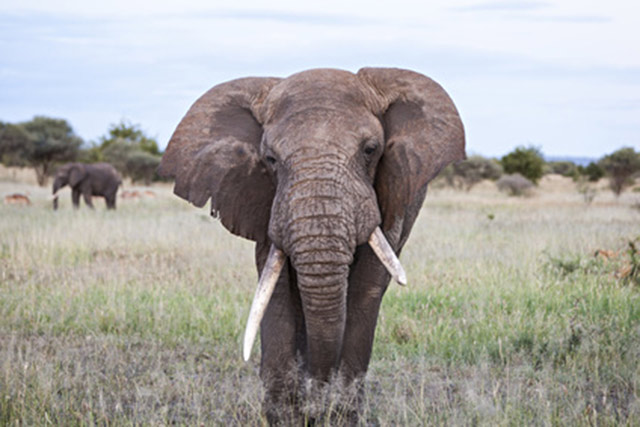Two-thirds of wildlife may be gone by 2020 if serious action isn’t taken soon, according to a new report released by the World Wildlife Fund (WWF).
With climate change, pollution, excessive fishing of the oceans, and many more human-caused effects, it is no surprise.
It is already a well-known fact that bees are becoming an endangered species, which also puts the world food supply in crisis.
According to the National Resources Defense Council (NRDC), scientists believe that bee colonies are collapsing because of pesticide exposure, parasitic mites, and lack of food.
Bees cross-pollinate much of the common produce that humans eat, including apples, avocados, broccoli, carrots, cucumbers, almonds, and so much more.
Without bees, none of these foods can grow.
But bees are not the only animals in danger.
According to the WWF’s biannual Living Planet Index, there has been a 58 percent decline in the numbers of mammals, fish, reptiles, and birds worldwide since 1970.
This means that wildlife may be vanishing at a rate of 2 percent per year, if the report is accurate.
As stated in the WWF Living Planet Report:
Populations of vertebrate animals—such as mammals, birds, and fish—have declined by 58% between 1970 and 2012. And we’re seeing the largest drop in freshwater species: on average, there’s been a whopping 81% decline in that time period.
“This is definitely human impact, we’re in the sixth mass extinction. There’s only been five before this and we’re definitely in the sixth,” WWF conservation scientist Martin Taylor told CNN.
“It’s because we’re using so much of the planet and we’re destroying so much of (these animals’) habitat,” Taylor added.
According to the report, this decline in wildlife because of climate change, habitat destruction, pollution, and an excessive use of resources.
“Governments (need) to take action to halt the slow death of the planet because it isn’t just affecting wild species it’s affecting us too. This is a threat to our future as a species, what we’re doing to the planet,” Taylor said.
“We only have one planet if we screw it up then we’re gone.”
To reverse this sixth mass extinction, Taylor said that governments must take serious action.
“There’s a lot people can do even if they’re not wealthy or living in wealthy countries, such as using renewable energy, looking for certified sustainable products and most particularly talking to your members of parliament … saying you want strong environmental laws,” he said.
Note: None of the information in our website is intended to diagnose, treat, cure or prevent any illness or disease. The content on our website is for educational purposes only.
DON’T FORGET to sign up for our weekly newsletter to get our latest articles, updates, free recipes and giveaways.
Climate change: 500,000 dead by 2050 from food shortage.
6 endangered foods due to climate change.
World food supply in crisis with decline of pollinators.
REFERENCES:
1. “Vanishing Bees.” NRDC. National Resources Defense Council, n.d. Web. 31 Oct. 2016.
2. “Decline of Pollinators Poses Threat to World Food Supply, Report Says.” The New York Times. The New York Times, 26 Feb. 2016. Web. 31 Oct. 2016.
3. “Living Planet Report 2016.” WorldWildlife.org. World Wildlife Fund, n.d. Web. 31 Oct. 2016.
4. “Two-thirds of Wildlife Could Be Gone by 2020: WWF Report.” CNN. Cable News Network, n.d. Web. 31 Oct. 2016.

















